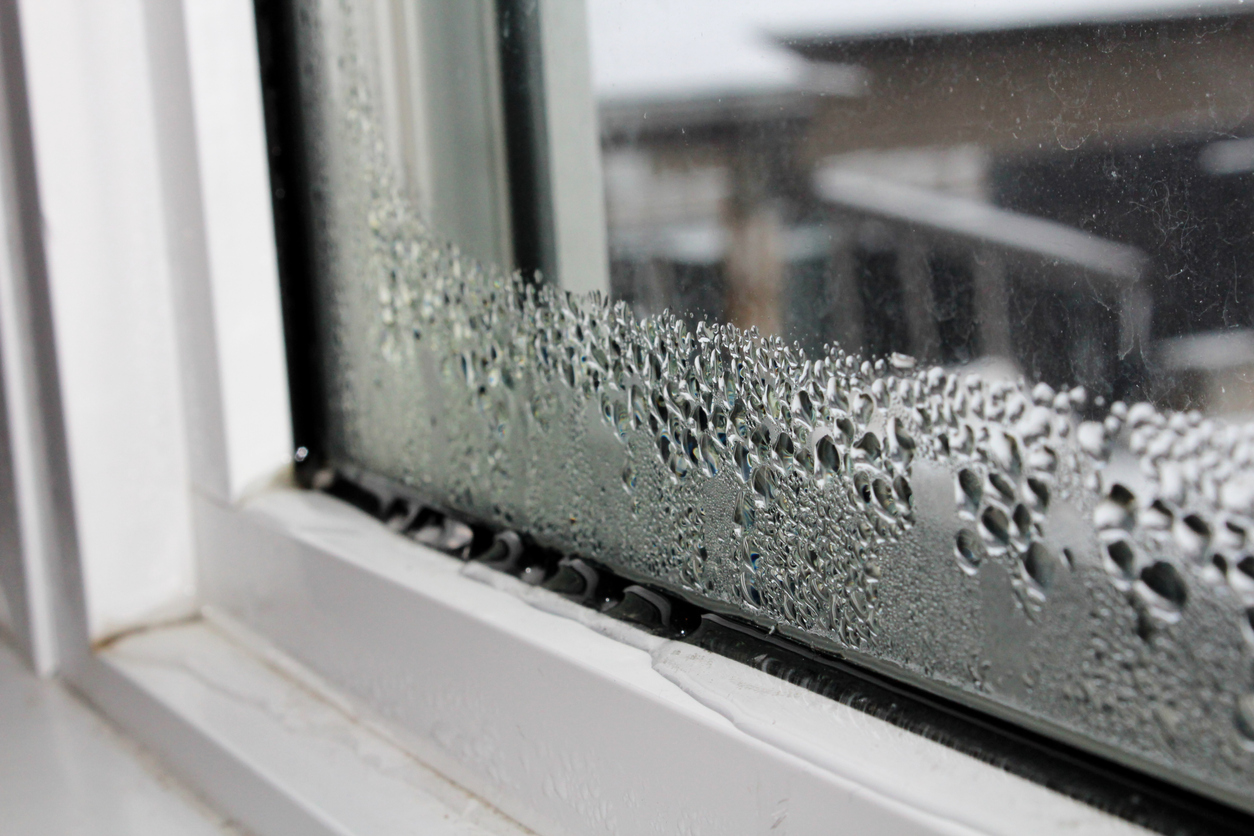Landlords will have up to five years to install heaters, fans and insulation, under strict new standards to make rental homes warmer and drier.
Housing Minister Phil Twyford announced the new standards on Sunday, which set minimum requirements for heating, insulation, ventilation, moisture, drainage and draught stopping.
The Southern Hemisphere WHO International Housing and Health Guidelines were also launched today at the University of Otago, Wellington
The SMC asked experts to comment on the new standards. Please feel free to use these comments in your reporting.
Professor Philippa Howden-Chapman and Dr Lucy Telfar-Barnard, He Kainga Oranga, the Housing and Health Research Programme, University of Otago, Wellington, comment:
“He Kainga Oranga, the Housing and Health research programme at the University of Otago, Wellington, welcomes the new Healthy Homes Guarantee Act 2017 standards announced on Sunday.
“For the first time since the 1947 Housing Improvement Regulations, we have updated mandatory requirements for rental housing. The new HHGA regulations will require both public and private landlords to ensure their rental properties are draft-stopped, with modern standards of insulation, moisture prevention, and proper heaters and effective ventilation. With good enforcement, the new standards will ensure tenants have the means to keep their homes warm, dry and mould-free.
“Over 20 years, our research has shown that measures such as those announced are sorely needed to improve New Zealanders’ health and wellbeing.
“More New Zealanders now rent, and rent for longer, than at any time since 1951. Their homes are less likely to be well maintained and in good condition than owner-occupied homes, and more likely to be cold, damp, and mouldy, with inadequate, insulation, heating and ventilation, or none at all.
“Those cold, damp and mouldy homes make us sick. They inflame our lungs, giving us allergies, asthma, and other respiratory illness. In the winter, our cold homes bring heart attacks to our older population, and turn routine illnesses into pneumonia or other potentially fatal conditions. Cold homes also mean people crowd together to try to stay warm, meaning infectious diseases spread more easily. Hospital paediatricians know many of the children they see will be back over and over, because even though they get well in hospital, they go home to the same conditions that took them to hospital the first time round.
“For illnesses most closely associated with poor housing, we have at least 6,000 hospitalisations a year, and that’s just for children. Rates are higher where more people rent, and higher still where rentals are in poor condition.
“Many of those illnesses and deaths, and days missed from work and school, can be reduced by making homes warm and dry.
“The new regulations are the result of long, careful, and fair consultation, including not only advisors from building and health sciences, but also landlords and tenants and their advocates. That time and effort has given us regulations that are straightforward and practical.”
Conflict of interest statement: Lucy Telfar-Barnard was involved in consultation for the standards (unpaid) and provided some input into the cost-benefit analysis conducted by the NZIER.
